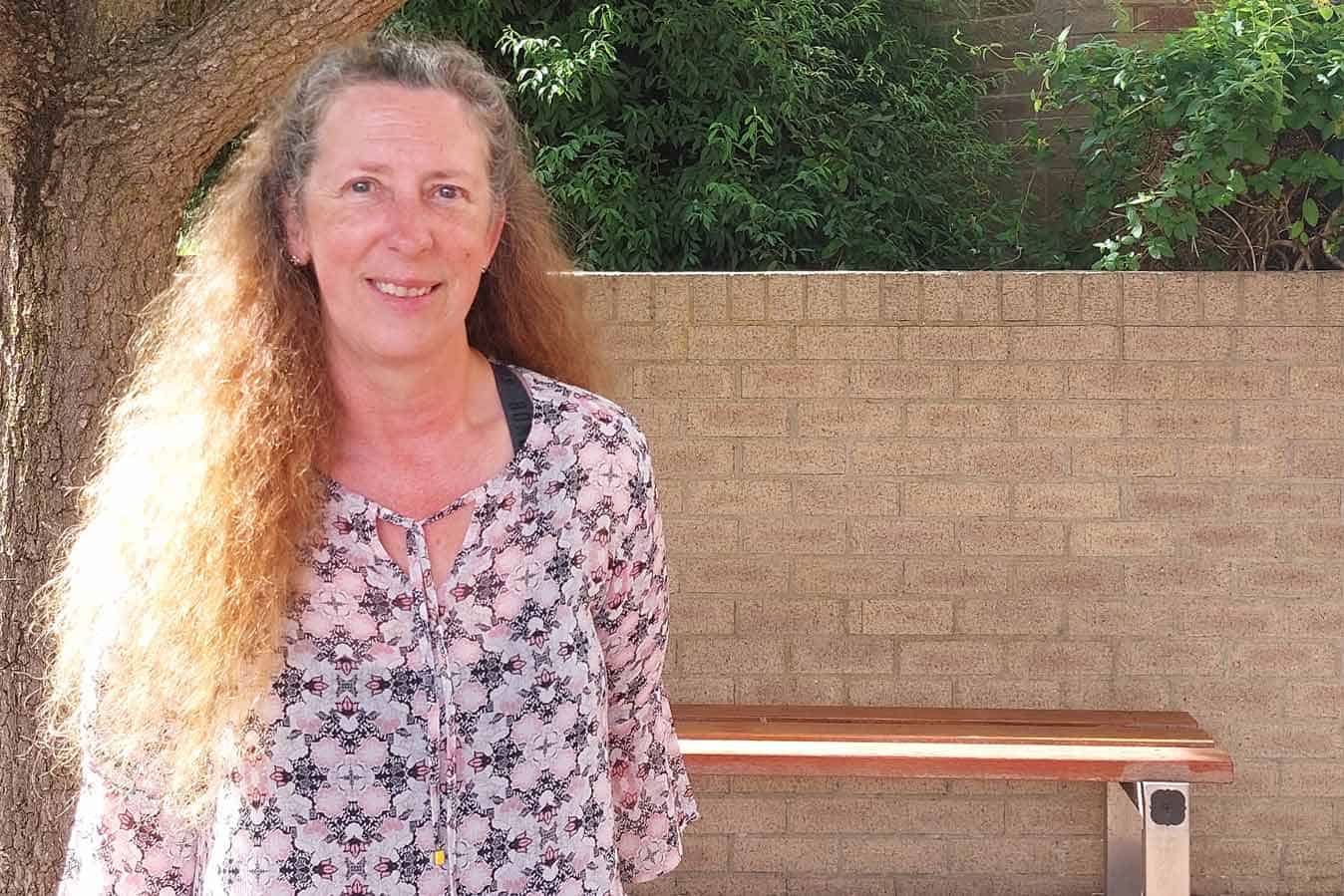An Australian nurse researcher and co-author of a new study looking at nursing workforce shortages during COVID-19 has said that the pandemic has exposed pre-existing healthcare pressures, exposing shortfalls in the retainment and recruitment of workers.
Dr Judith Anderson, Head of Discipline in Health Management and Leadership at Charles Sturt University (CSU), said issues such as forced isolation had exposed inadequate staffing numbers in certain hospital and care settings can carry significant consequences in both rural and metropolitan areas.
“In rural and remote areas, you have very limited people that are working that are supporting those services anyway, and even in metropolitan areas, units can have quite small workforces in terms of people who are suitably qualified to work in those units”, said Dr Anderson.
“[There] can be quite a significant impact on everyone if isolation needs to occur [or] someone’s actually infected… it just really tightens those screws really significantly.”
Dr Anderson, who is also an Associate Professor in CSU’s School of Nursing, Paramedicine and Healthcare Sciences, said that Australia’s pandemic workforce issues were similar to those faced overseas, such as emotional exhaustion and staff shortages in acute and aged care settings.
“The fact that there was an international shortage of nurses beforehand was pointed out by the International Council of Nurses several years ago, and that’s something that we should’ve taken a bit more notice of,” the nurse researcher added.
Addressing the local situation, Dr Anderson said federal and state governments needed to ensure that nursing was seen as the equal of other professions. She suggested that improved remuneration and leave arrangements and improved resourcing education opportunities would help attract and keep staff.
“If their pay isn’t comparable to other professions, why would they come into this one?” Dr Anderson said.
Dr Anderson expressed optimism at the local workforce’s ability to adapt to the current circumstances, but was less sure whether the governments — state or federal — would provide the necessary structural support.
“[Nurses] don’t get into it for no reason at all, they get into it because they care, and they do double shifts, they do additional hours… they are very much needed and hopefully we will see them through this,” Dr Anderson said, noting that the time for symbolic gestures had passed.
“We need more than platitudes. We need more than ‘thank yous’, we need more than fireworks… we actually need some outcomes, something to actually keep the nurses that we have.
“If we don’t have [the necessary outcomes], then we don’t have those future leaders, the managers, people like that.”
Dr Anderson’s article, co-written with Dr Violeta Lopez, Dr Sancia West and Dr Michelle Cleary, is titled “Does the COVID-19 pandemic further impact nursing shortages?” and is published in the Issues in Mental Health Nursing journal. Available here.








